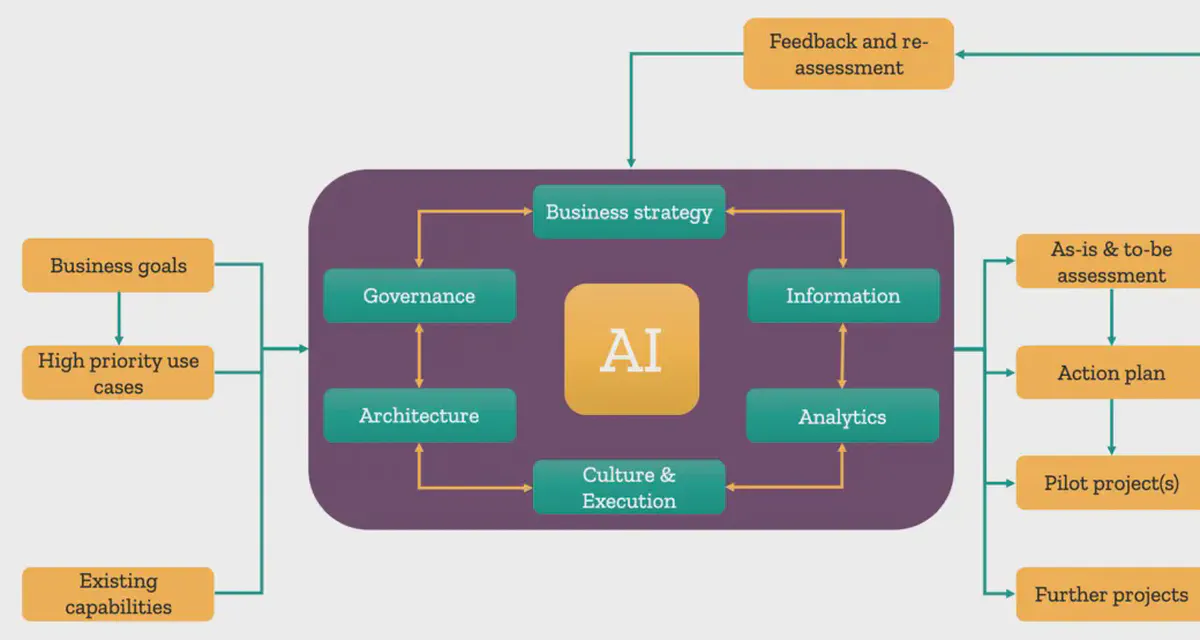
What Data Integration Maturity Level Are You? - No-Code Serverless or Code-First
- Steph Locke
- Tech stacks
- August 10, 2021
Table of Contents
Data integration is a key component to data-driven decision making. The data you use can come from many different sources, but it’s important to know what data integration maturity level you’re on. Depending on where you are in your data integration maturity, the adoption of no-code serverless data integrations or embracing code first solutions may be right for your needs.
Historically, we’ve seen a lot of data integration performed with no-code solutions. These enable a significant number of “non-technical” people to be able to integrate data and relatively quickly. Nowadays we have a broader range of no-code tools that can make it even easier. The critical factor that makes them more scalable is that they integrate with capabilities to deliver software more effectively. This combination makes no code data integration a must for many businesses.
For high volume or high variety data sources, the code-first approach is great as it allows you to loop or process data with custom connections. This makes it useful for integrating data from IoT sources. Code solutions are typically easier to test and have more verifiable security than no-code solutions so they can be a good choice if your needs require this scalability and control.
For newcomers to data integration, no-code is a great starting point for quick results. If you have a lot of legacy data integration or need to scale quickly, then code-first may suit your needs better. Mix and match the two approaches where they both do well, using each one where it has merits.

